![]()
This page is also available in French
![]()
The origins of the present Parc Monceau in the 8th arrondissement of Paris go back to 1769, when the Duke of Chartres purchased a large expanse of land near the town of Monceau, which at the time lay just outside the city of Paris. It was then developed between 1773 and 1778 by the painter and landscape-designer Louis Carmontelle, who adorned it with a series of buildings and monuments which recalled great civilizations of the past. This gave the park its exotic style and it became known as ‘Chartres’ Folly’ (« la folie de Chartres »). In 1785 the gardens were modified by Thomas Blaikie to give them a more English style. In 1852 the park was taken over by the city of Paris; part of it was parcelled out for private development, while the rest of the park was redesigned by Alphand; some of the original monuments were discarded and new ones added. The park was eventually inaugurated by Napoleon III and opened to the public in 1861.
Parc Monceau was just over a mile away from Berlioz’s domicile at the time at 4 rue de Calais in the adjacent 9th arrondissement. Berlioz evidently discovered the park not long after it was opened to the public, and it became a favourite haunt of his, as emerges from a letter to Pauline Viardot (CG no. 2652, 21 September 1862):
[As for me] I often go for morning excursions; I own a beautiful garden that does not cost me a penny, even though two or three dozen gardeners are constantly busy looking after it, grooming it and varying its ornaments. The name of the garden is Parc Monceaux; in the morning at sunrise everything there is ravishingly fresh, quiet and colourful. I spend hours there thinking about nothing, sunk in the deepest stupor. From ten o’clock onwards, being a true prince, I let the public in, and I then slip away so that visitors are not intimidated by my august presence. The villa you have just bought will cost you more for its upkeep, and yet will never display such a sumptuous setting for the performance of its symphony of plants. And I bet that you will just about give me permission to be admitted to it next year.
A letter of Louis Berlioz to his father dated 6 January 1866 shows that Berlioz continued to enjoy these walks for many years after and shared them with his son (CG no. 3077):
When I think of the evenings we spent in Parc Monceau, sitting together on a wooden bench, talking about Shakespeare and his works, and without a thought for the fireworks that were going off on every side, pouring scorn on the human filth that wakes up to the shouts of « Ohé! Lambert », or conversing with a sparrow that was calling its male. When I recall the little events that amaze the little world that inhabits little Paris, the Capital of this tiny-tiny-tiny...... country called France. I envy millionnaires, those poor wretches, who are incapable of knowing anything but the value of their gold, in gold. Long live savages, down with God, to Hell with intelligence and love, let everything be annihilated and fall back in this dark broth which is called Chaos.
![]()
All the pictures on this page have been scanned from engravings, postcards, photos and other publications in our collection. The modern photos were taken by Michel Austin in May 2013. All rights of reproduction reserved.
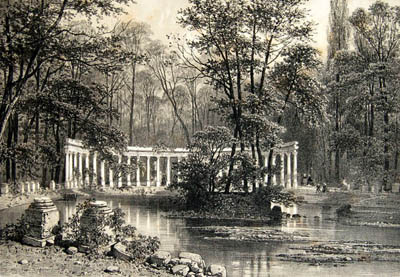
The above engraving was published in Paris dans sa splendeur (Paris, 1861-1863, 3 volumes), volume 2.
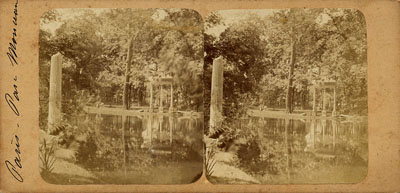
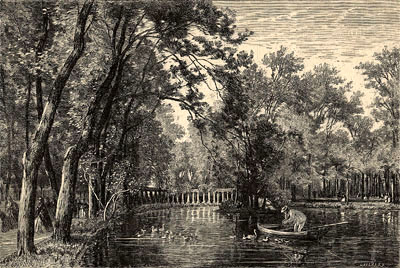
The above engraving was published in Le Monde Illustré, 28 June 1873.
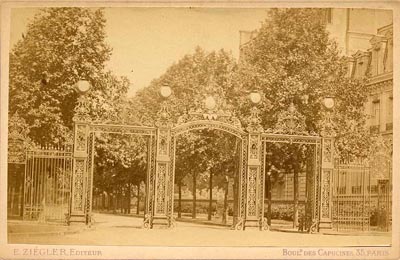
The above original photo was taken in the 1880s.
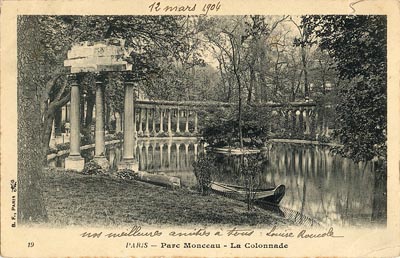
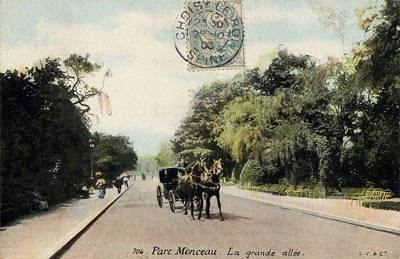
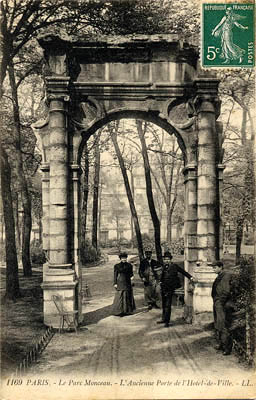
This gate is a relic of the Hôtel de Ville which was set on fire during the commune in 1871.
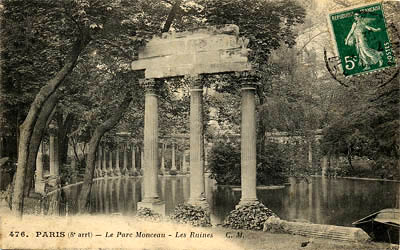
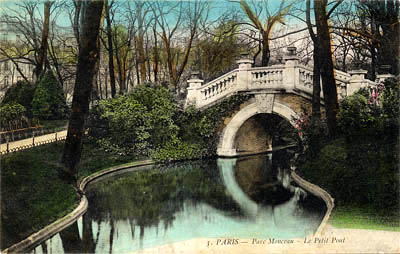
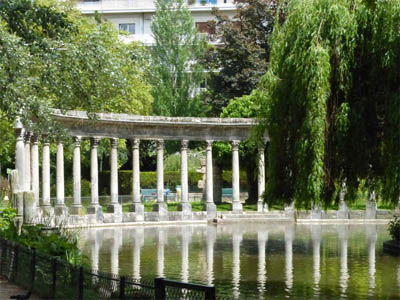
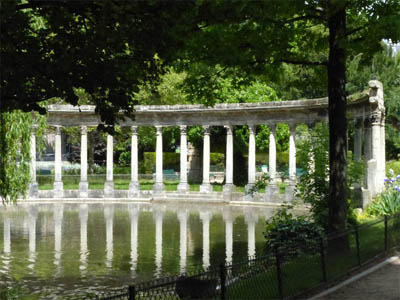
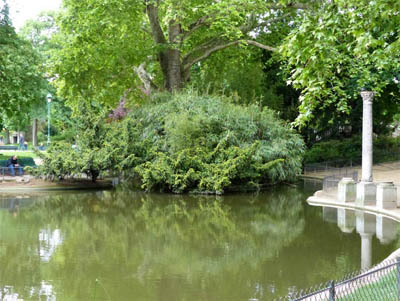
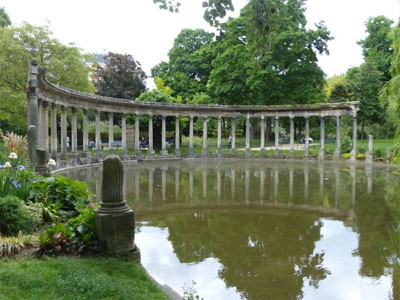
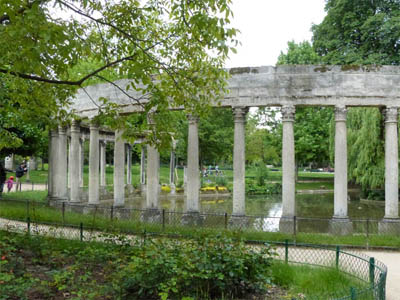
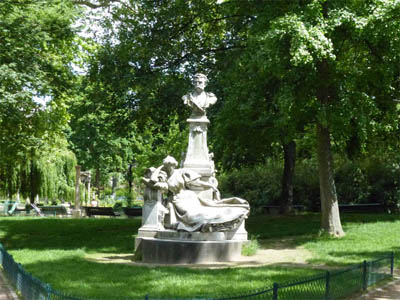
The above photo shows the Guy de Maupassant monument, behind which a part of the colonnades can be seen.
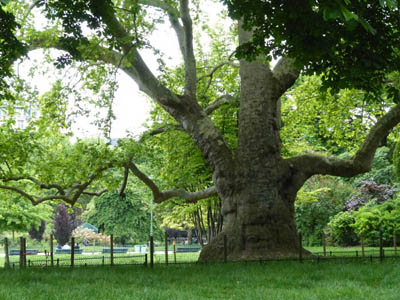
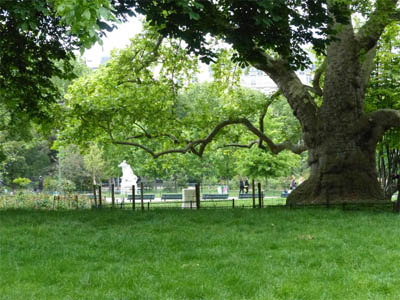
The statue in the above photo is the Alfred de Musset monument (see also next photo).
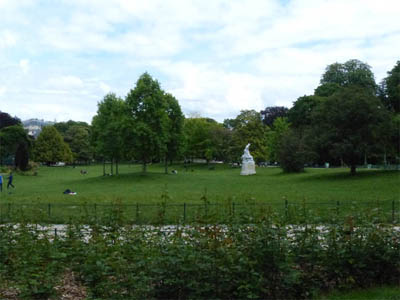
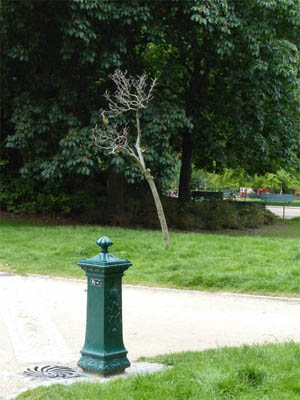
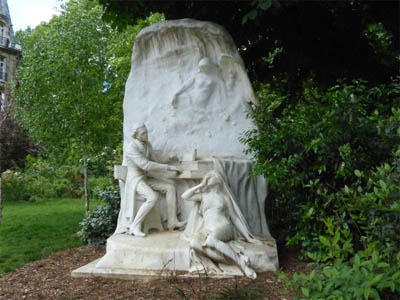
![]()
© Monir Tayeb and Michel Austin for all the pictures and information on this page, created on 1 August 2013.
Copyright notice: The texts, photos, images and musical scores on all pages of this site are covered by UK Law and International Law. All rights of publication or reproduction of this material in any form, including Web page use, are reserved. Their use without our explicit permission is illegal.